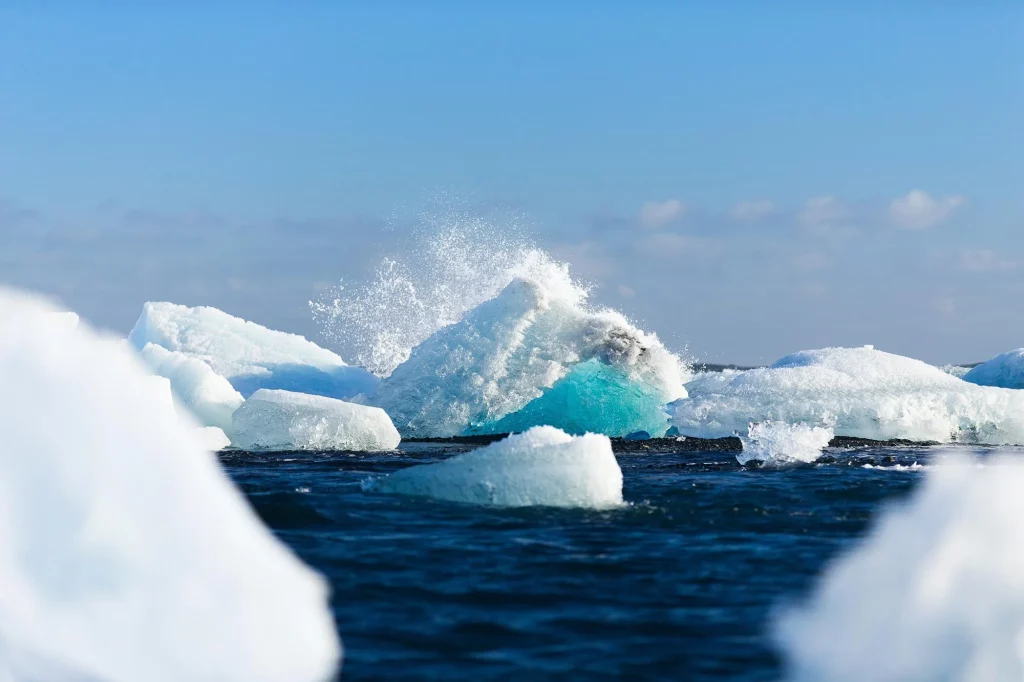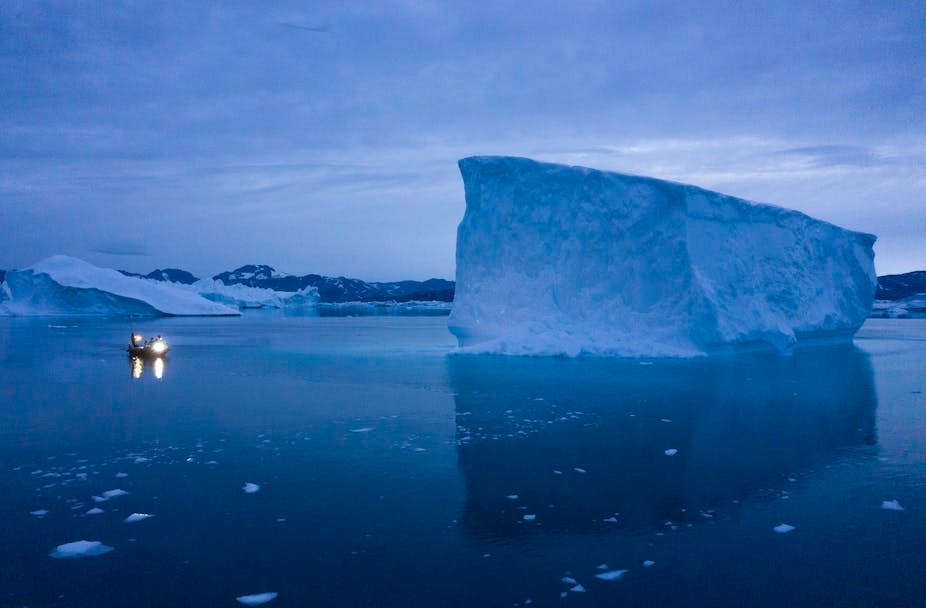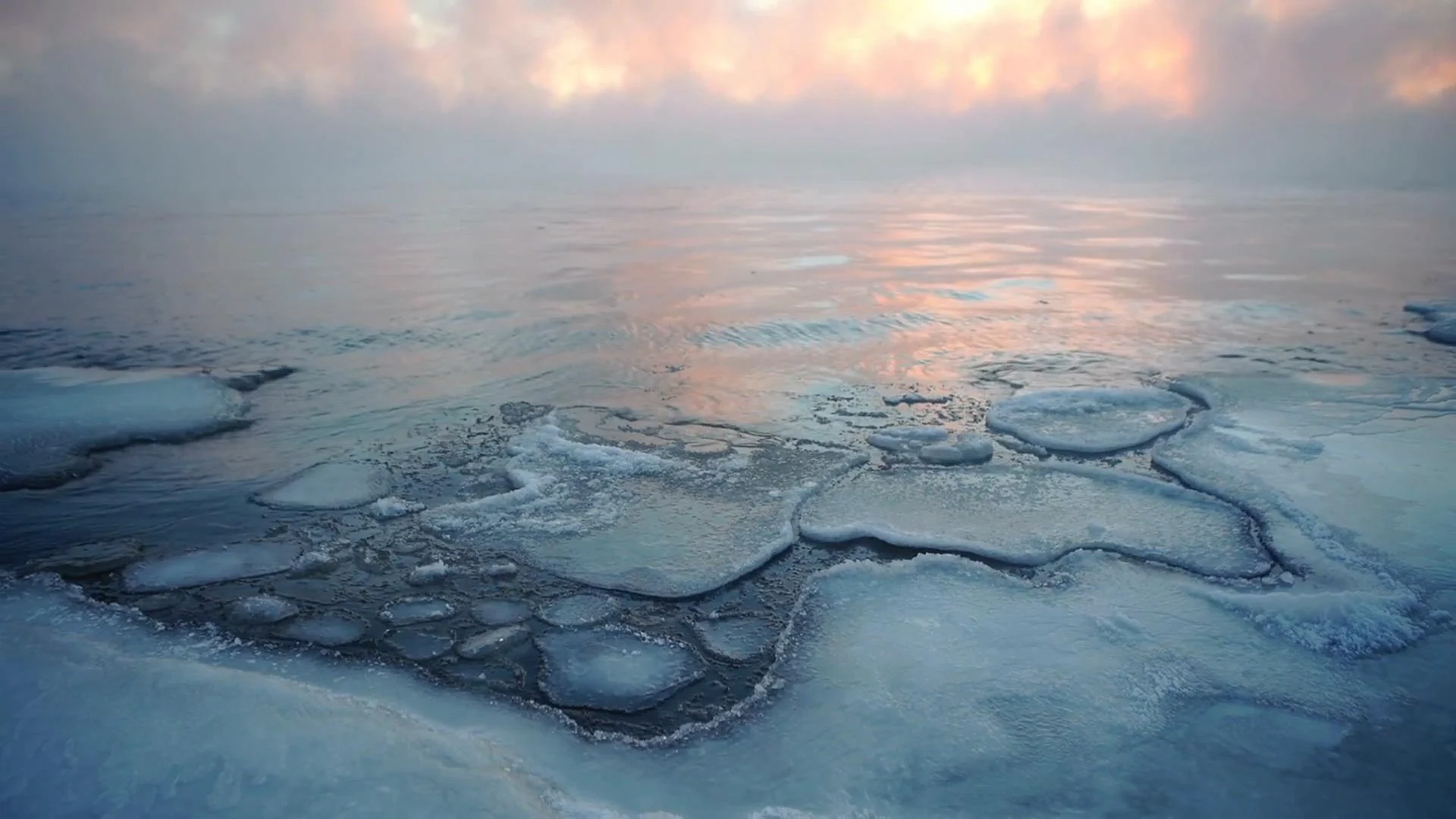
Climate change and its impact on the Arctic coast: scientists discover hidden threats
Climate change is one of the most serious environmental threats of our time, and its impact on Arctic shores is particularly worrying. Research shows that gradual warming is causing subtle but devastating changes in this fragile region. Scientists studying the dynamics of the Arctic ecosystem have identified a number of hidden threats that could have a serious impact on biodiversity and local communities. These findings highlight the need for a better understanding of the changes occurring in Arctic regions in order to develop effective strategies for their protection and conservation.
Between Ice and Water: Profound Changes in Arctic Coastal Ecosystems in an Era of Climate Change
As climate change intensifies, Arctic marine ecosystems are undergoing dramatic transformations, and the image of a polar bear stranded on shrinking ice has become a symbol of environmental disaster in the region. However, researchers emphasize that Arctic coastal ecosystems are experiencing even more complex changes than those occurring in the open ocean.
These changes are made more acute by the interconnectedness between terrestrial and marine processes, which has significant impacts on both the environment and local communities. Scientists point out that the growing number of factors affecting Arctic coastal ecosystems affect both ecological and human systems.

“These changes have far-reaching impacts that can only be measured in the open waters of the Arctic Ocean,” says Mikael Seir, Professor at the Institute of Environmental Sciences at Aarhus University. The emergence of these changes creates significant knowledge gaps, and filling them is essential to ensure the adaptation and resilience of social-ecological systems along the Arctic coasts in the face of the ongoing climate crisis. In recent decades, the impacts of climate change on Arctic regions have become increasingly visible, affecting both ecosystems and human communities that depend on natural resources.
Climate change on the Arctic coast: challenges and consequences for ecosystems and communities
The climate of the Arctic coast is currently undergoing significant changes, which have a serious impact on ecosystems and local communities. Rising temperatures due to global warming are rapidly melting sea ice and glaciers, which in turn is transforming familiar landscapes and ecosystems. This causes sea levels to rise, which threatens coastal areas and the infrastructure that exists there.
Climate change is also affecting the migration of animals, especially those that depend on Arctic ice, such as polar bears and seals. New habitat conditions are affecting food chains, causing ecosystem disruptions. In addition, worsening weather patterns, including more frequent storms and extreme temperatures, are threatening local communities that traditionally depend on natural resources.

These challenges call for a rethinking of natural resource management that takes into account both ecological and social aspects. Local and indigenous peoples who have interacted with these environments for centuries can offer valuable knowledge and traditions that can help them adapt to changing conditions.
Thus, the climate of the Arctic coast is a dynamic and vulnerable system that requires a comprehensive and balanced approach to preserving its unique nature and maintaining the sustainability of local communities.